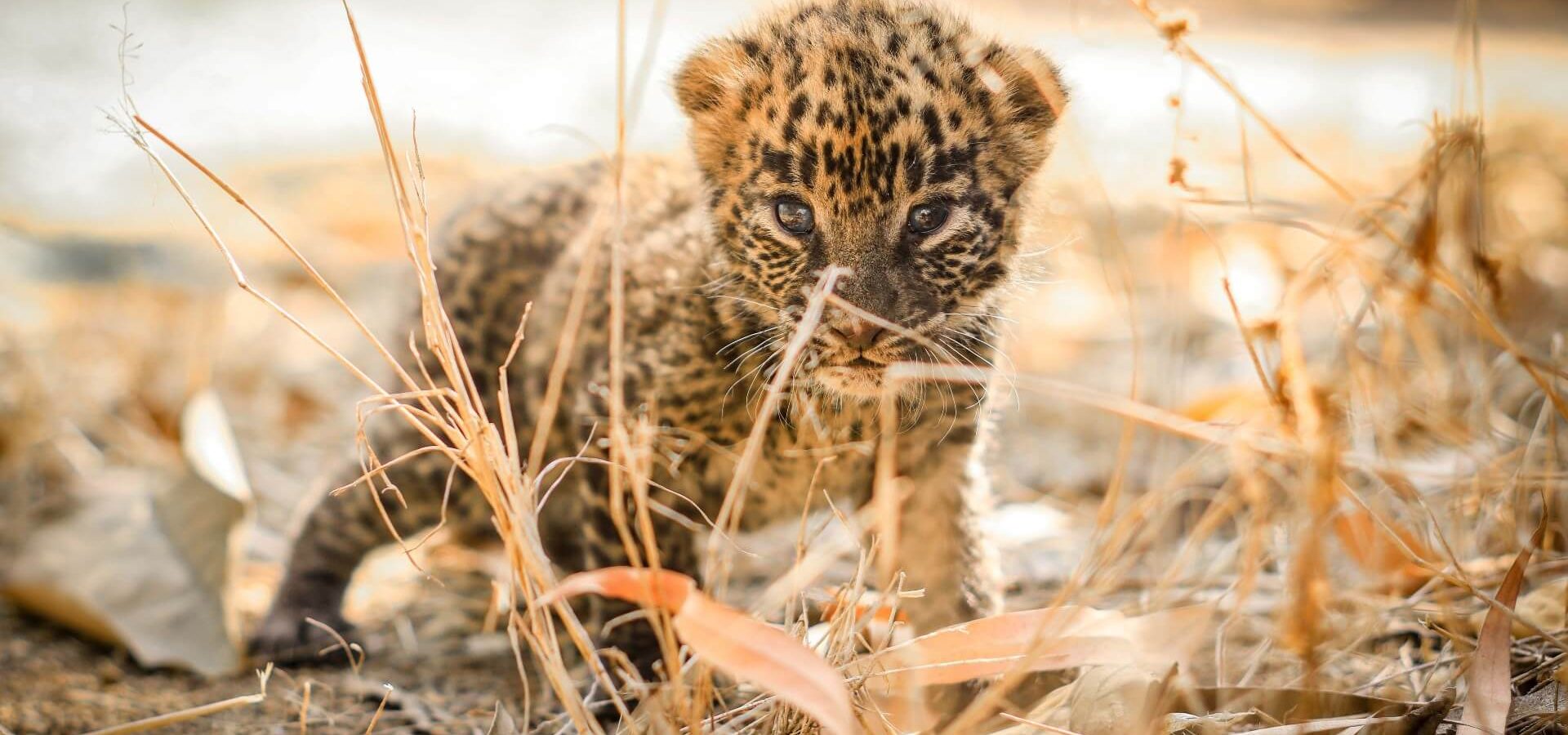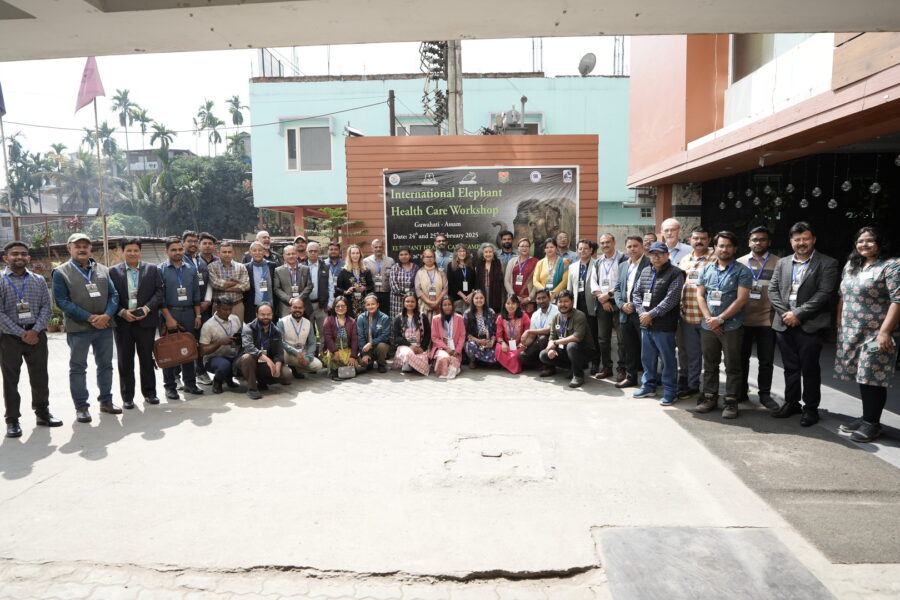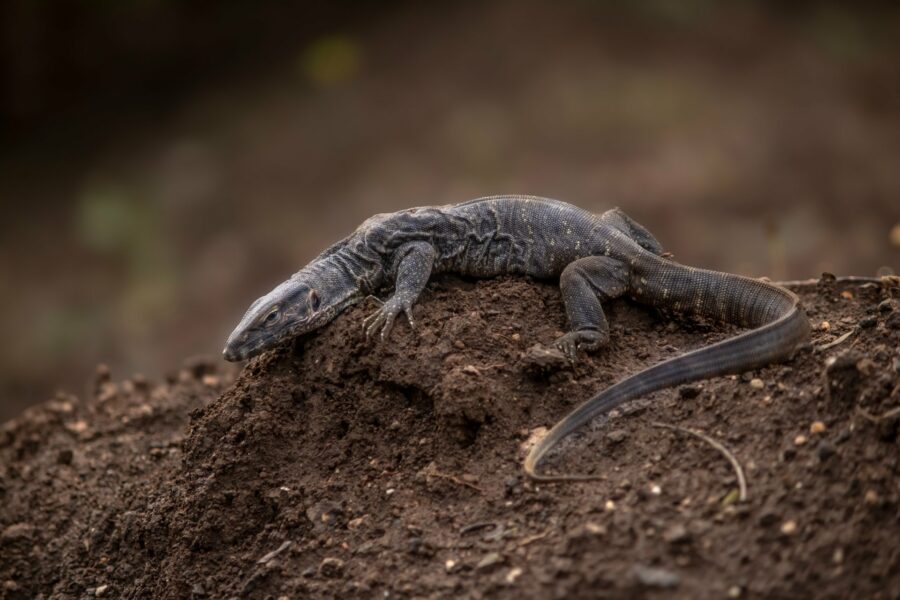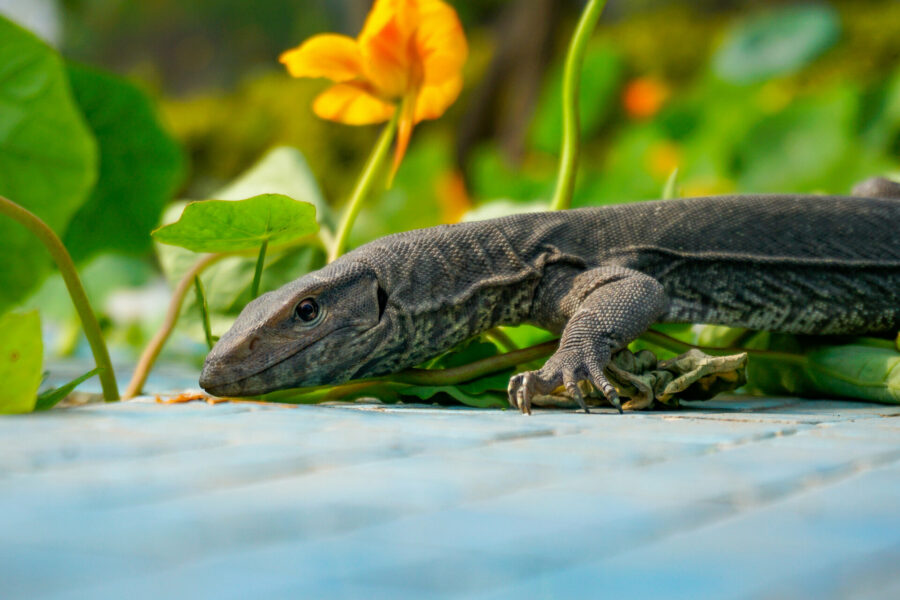Barely a few weeks old, their soft, distressed cries tug right at the heart strings of our leopard care staff as they prepare the feeding bottles. Their scruffy fur and faded rosettes gives them the identity of the majestic leopards – one of the most elusive cat species that call the forests of India their home.
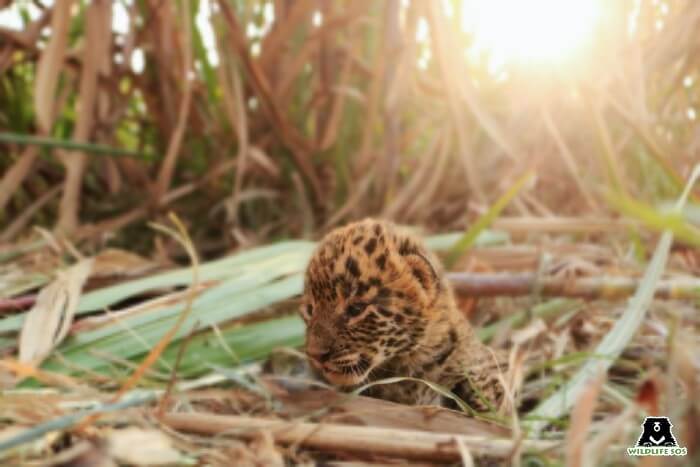
Wildlife SOS has been actively working toward human-leopard conflict mitigation in Maharashtra since 2007, prioritizing safe rescue and rehabilitation of injured and orphaned leopards. Our team holds expertise in reuniting leopard cubs with their mothers when they are found astray in sugarcane fields during the harvest season.
Needless to say, it is not an easy task – emotionally so, as our team focuses on these impending reuinions, there is an anxiety that looms in our hearts. The question that remains in our mind as we organize a second reunion attempt for orphaned leopard cubs, is the answer we fear knowing – will the mother actually find her cub, this time?
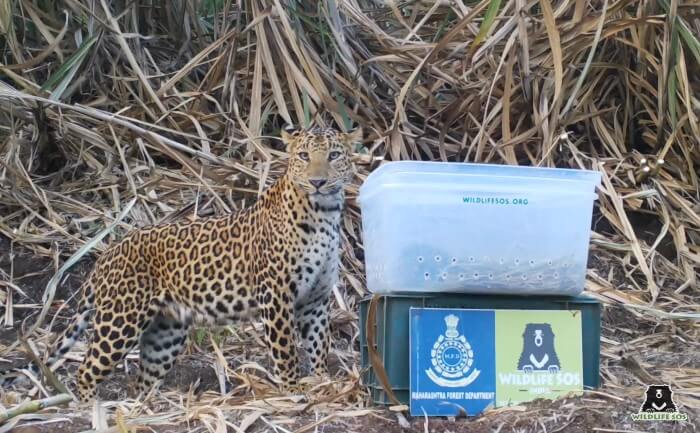
Wildlife SOS assists the Maharashtra Forest Department in the reunions, wherein we place the cub in a safe box, line the box with their urine to help the mother find the cub. It is only after multiple reunion attempts that we have to declare the cub to be abandoned and arrange for the safe rehabilitation at the Wildlife SOS Leopard Rescue Centre in Maharashtra. Unfortunately, not all reunions are successful and we are not always able to find the mother, which leaves the young cubs orphaned and unfit for survival in the wild.
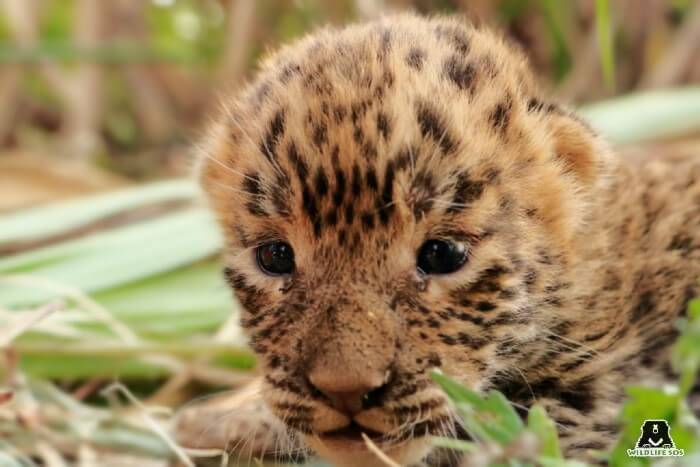
As cubs, as small as 4 weeks old (called neonates), struggle to keep their eyes open, mewling for their mother’s presence, it is the dedication of the leopard care staff that saves the day. Leopard cubs are dependent on their mothers until the age of two years in the wild, and this period is crucial for the cubs as they learn survival skills from their mothers. Mother leopards teach their cubs to hunt, how to hide, which areas to avoid, which areas to venture to and how to protect themselves in the face of danger. If this learning process is abruptly halted or ended altogether, the chances of long-term survival for the cubs in the wild become bleak.
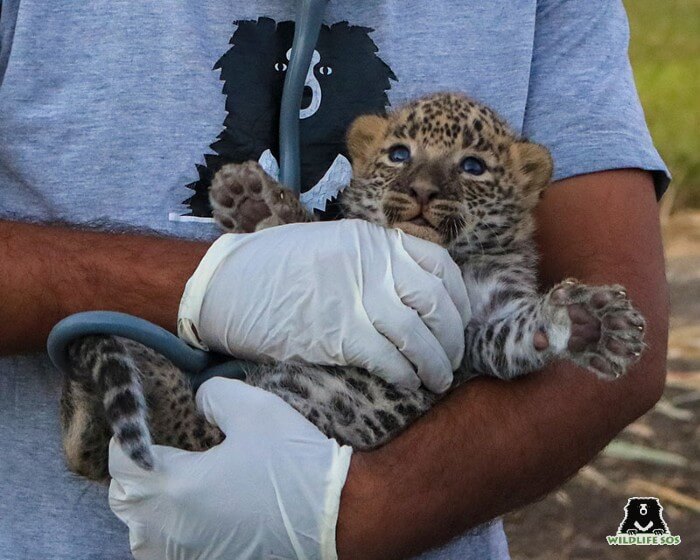
When these leopard cubs arrive at the Wildlife SOS Leopard Rescue Centre, we understand their fear and anxiety, being separated from their mother and surrounded by unfamiliar faces. It is important, as a first, to immediately quarantine the cub and run the necessary medical check-ups needed to ascertain if it suffers from any infection or disease. Our veterinary team notes down the weight, estimated age, height (from tail to tip of the nose) and also examines the claws and paws for the cub.
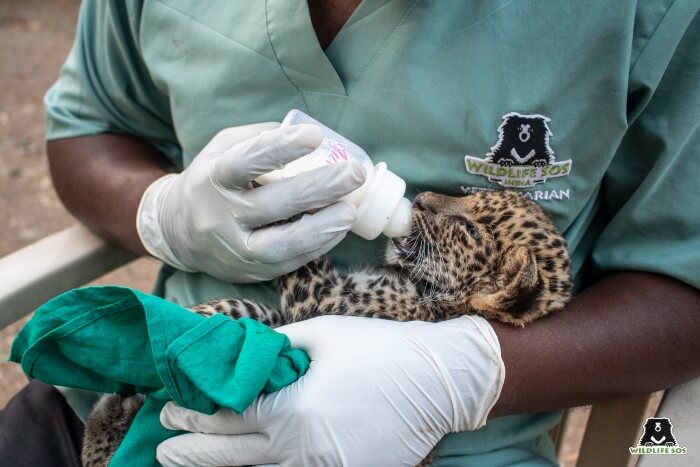
Naturally, the cub lacks trust in the surroundings and often spends many hours of the day crying in distress. The biggest challenge at this point is feeding the cub, and putting them on a milk formula or lactogen, which helps them gain weight and strength in these nascent stages. Our care staff prepares the formula in feeding bottles and achieves the perfect temperature which suits the cub, keeping in mind that this is crucial for their growth.
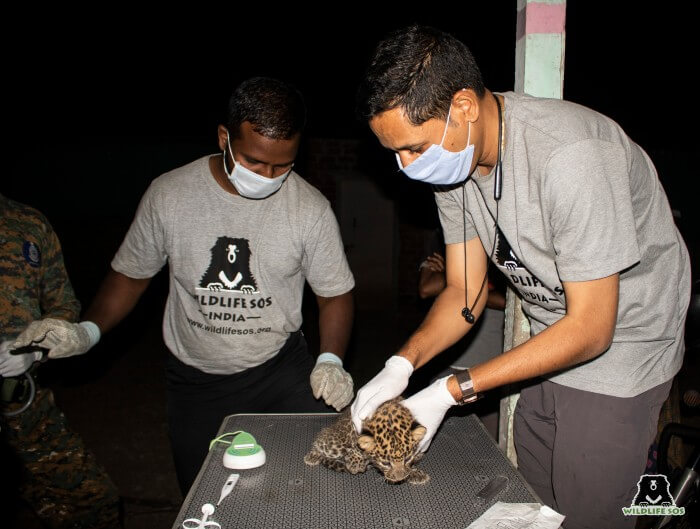
Our leopard care staff carefully lifts the cub and positions them in an upright manner, supporting their neck as they feed from the milk bottles. Young, enthusiastic and famished cubs often play around with the bottles as they gently take the formula in, acquiring the new taste. It is not always as easy as it looks, many a times, cubs completely refuse to take the formula, and end up growing dangerously weak, especially in the first 2 months of their rehabilitation.
Naturally they miss their mothers and there is an instinctive fear of the unknown, but our veterinary team and leopard caregivers leave no stone unturned to ensure that they keep safe and comfortable. It is with their consistent efforts that the leopard cubs take to the bottle and begin feeding from there, until the first 60 days. After these 60 days, depending on their growth and adaptability, the team introduces them to solid food such as eggs and meat, which is important to them for their nutritional needs.
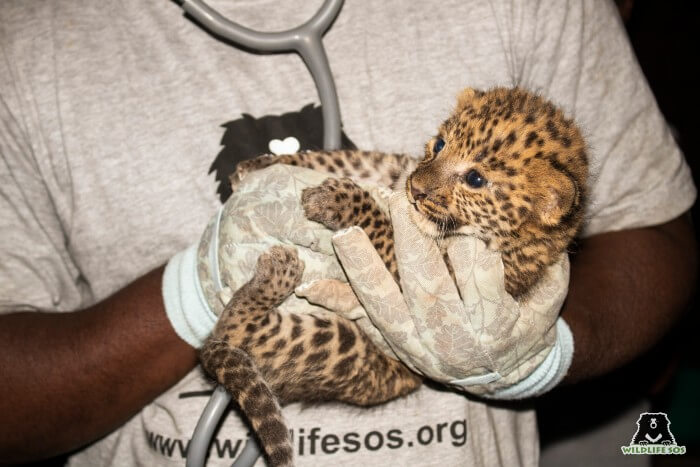
Another delicate aspect of hand-raising leopard cubs is that in the first 30 days, they need intensive care and attention. The leopard caregivers sleep in the same area as where the cubs are housed for the first week, waking up every two hours to prepare the formula and feeding them. The veterinary team, during this time, prioritises observing their growth rate and the speed at which they gain weight. Ideally, a healthy cub, under such intensive care and attention, should grow at the rate of 5% to 7% every day until the age of 3 months, while gaining body weight at 10% on an average, every day.
In the wild, leopard cubs immediately feed on their mother’s milk, called colostrum, which has all the necessary nutrients required by the cub to grow. The faeces of the leopard cubs are also consumed by the mother leopard for digesting the microbes that are excreted by the cubs, eliminating chances of infection. The mother leopard cleans her cubs every day and leaves them alone, hidden in the foliage, only when she has to go hunting at night.
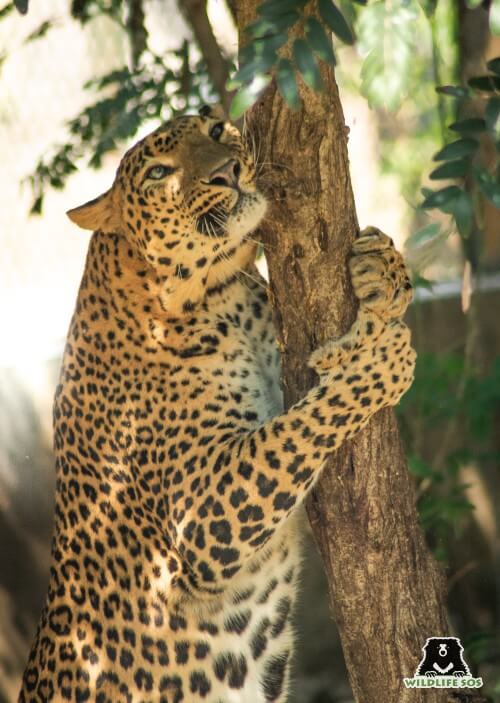
Our expert team of leopard caregivers has hand-raised cubs like Jaya, Jiya, Shankar, Sundari and Shivani. These cubs were orphaned, when they were only a few weeks or months old, and have now turned into majestic, young leopards, some even inching towards geriatric care.
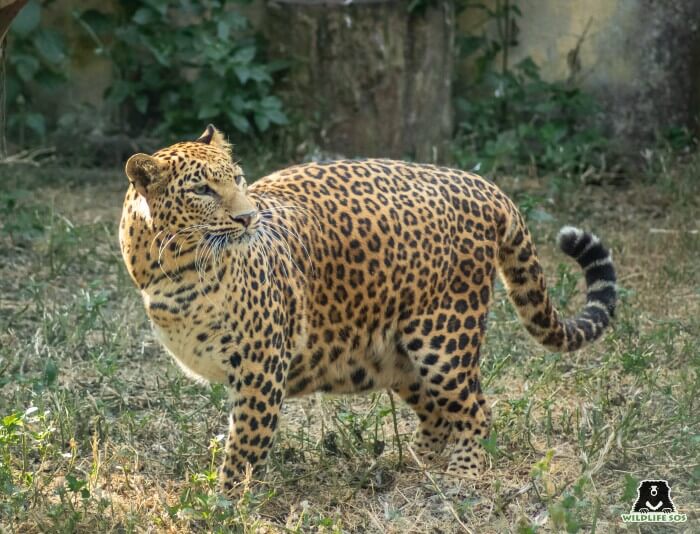
Natalie and George, were orphaned at the age of one year, risking their survival in the wild. They arrived at our centre in 2019 after their mother had drowned in an uncovered well. In the two years they’ve spent with us, we have seen two aggressive and anxious leopards gain confidence in their surroundings and grow up to be the stunning, energetic animals.
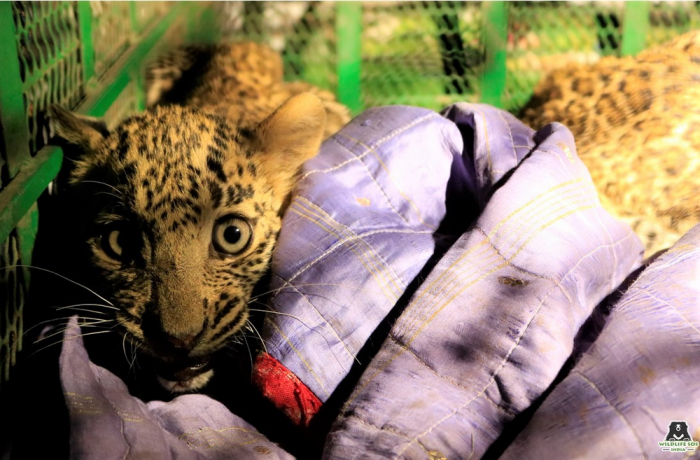
Raising leopard cubs is the last option to resort to, after all efforts to reunite them with their families fail. We never wish to rob these young leopards of their natural habitat or their chance to thrive in the wild. Without the nurturing care of their mothers in the nascent stages, the young leopards will not be able to survive in the wild. Captive care and management of leopards involves a lot of efforts as they require a specialized diet and care.
Nonetheless, we consistently work hard, with the support of the Forest Department, to ensure that captivity is the last resort. It is in our best intention to watch these cubs grow into the majestic leopards that they are, in the place they call “home”!
In this harvest season, we successfully reunited 18 leopard cubs with their mothers, breathing a sigh of relief that these 18 cubs will grow up to be beautiful leopards. You can watch these heartwarming family reunions right here.

